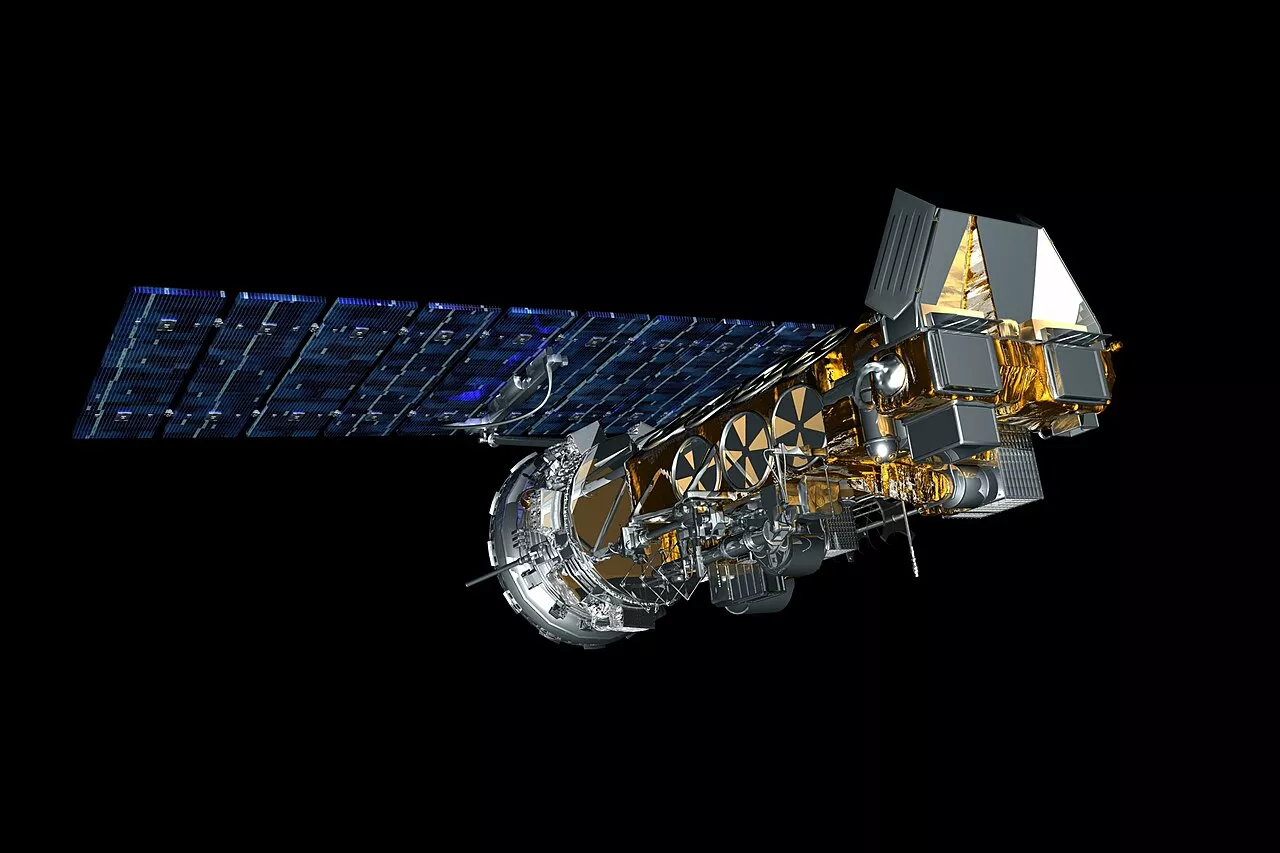
A trio of polar satellites that were once frontline in NOAA's ability to predict weather and climate from space, are now operated through a new, cloud-based commercial engineering services contract called POES Extended Life.
When NOAA's Joint Polar Satellite Series (JPSS), which features next-generation technology, including a sophisticated ground system, became the new primary mission from the low Earth orbit, the older satellites—NOAA-15, NOAA-18 and NOAA-19—began providing complementary data.
NOAA decided to pursue an innovative approach utilizing a Ground System as a Service (GSaaS) capability to continue operating the older satellites, which are part of the legacy Polar-Orbiting Environmental Satellites (POES) fleet, well into the future. This decision was based on the outcome of a Cooperative Research and Development Agreement with Microsoft Azure Orbital in 2021, and other market research performed over the past several years. After careful analysis, it was determined the GSaaS architecture approach could extend the POES mission in an innovative, cost-effective manner.
The information led NOAA to solicit and then ultimately award a contract to Parsons Corporation in September 2022. Parsons then added a team of other private-sector companies to transition operational control of the three satellites through the development of a new commercial cloud-based ground system that will remain active until September 2025.
Ongoing POES operations will continue with no impacts to any of the satellites’ health and safety. NOAA will use the experience gleaned from this GSaaS approach to develop and implement its next generation cloud-based satellite ground system architecture.
"Rather than planning to decommission these older polar satellites, we're working with the private sector with a new business model that allows us to use new technology to extend their production and value, while still helping NOAA fulfill its mission," said Steve Volz, Ph.D., director of NOAA's National Environmental Satellite, Data and Information Service (NESDIS).
On November 28, operation of all three POES satellites formally transitioned from the NOAA Satellite Operations Facility in Suitland, Md., to the Parsons' Operations Facility in Colorado Springs, Colo., after approximately one year of transition activities. Parsons is now delivering data from the satellites to NESDIS, which enables it to support NOAA's numerical weather prediction and climate models, and environmental monitoring.
“POES Extended Life will also lay the groundwork for the future of Low Earth Orbit missions,” said Tim Walsh, director of NOAA’s Office of Low Earth Orbit Observations. He added, the Near Earth Orbit Network (NEON) program “will leverage this experience for the upcoming Quicksounder mission and eventually, the Series 1 missions. Leveraging commercial services is increasingly becoming a priority as we develop satellite systems for our user community across the globe.”
All engineering services in support of POES Extended Life activities are occurring remotely, as the Microsoft Azure Cloud Based GSaaS provides a robust, IT security compliant accessible capability. Staff from Arctic Slope Technical Services, co-located at the NOAA Satellite Operations Facility in Suitland, Md., is supporting operations and implementation of the cloud mission architecture, while Kongsberg Satellite Services is providing ground antenna services.
